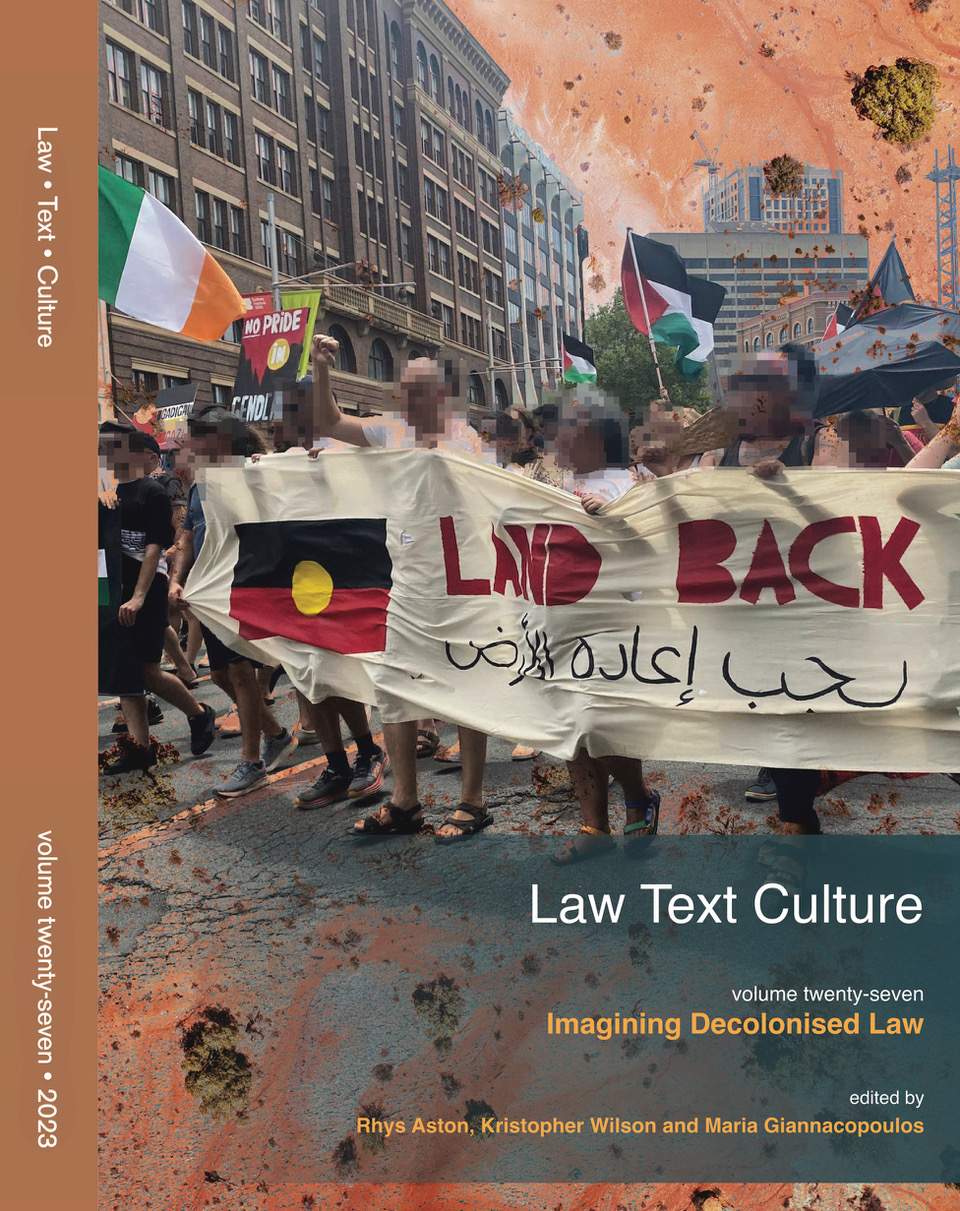Abstract
This article begins with a statement, and with a scene. The statement is a reasonably straightforward one: Australia claims 42 per cent of the distant offshore continent of Antarctica as its national territory. Or, to make this article’s governing statement speak directly to the themes of this issue: nearly half of Antarctica is part of the Australian nation; it is Australian space. This statement’s validity depends on national perspective: the 1959 Antarctic Treaty, which upholds Australia’s claim, also allows other nations to refuse to recognise it. Only four nations — France, Norway, New Zealand, and Britain, all Antarctic claimants themselves — recognise Australia’s massive polar claim; to the rest, Antarctica remains non-sovereign, non-national space. Yet whether or not other nations recognise Australia’s Antarctic claim is not the focus of this article: the subject of analysis here is the complex set of cultural technologies through which six million square kilometres of Antarctica became Australian. How, exactly, did Antarctica become an Australian territorial possession? What are the cultural processes through which Antarctic land became Australian space? As a means of answering this question, this article focuses on a key moment, or scene, in the history of the Australian Antarctic Territory (AAT). The article then unpacks this moment, examining the ways in which three articulated cultural technologies — representation, international territorial law, and the body of the explorer — together initiated this massive space of Australian national possession.
How to Cite:
Collis, C., (2004) “The Proclamation Island moment: making Antarctica Australian”, Law Text Culture 8(1). doi: https://doi.org/10.14453/ltc.855
Downloads:
Download PDF
View PDF
463 Views
957 Downloads

